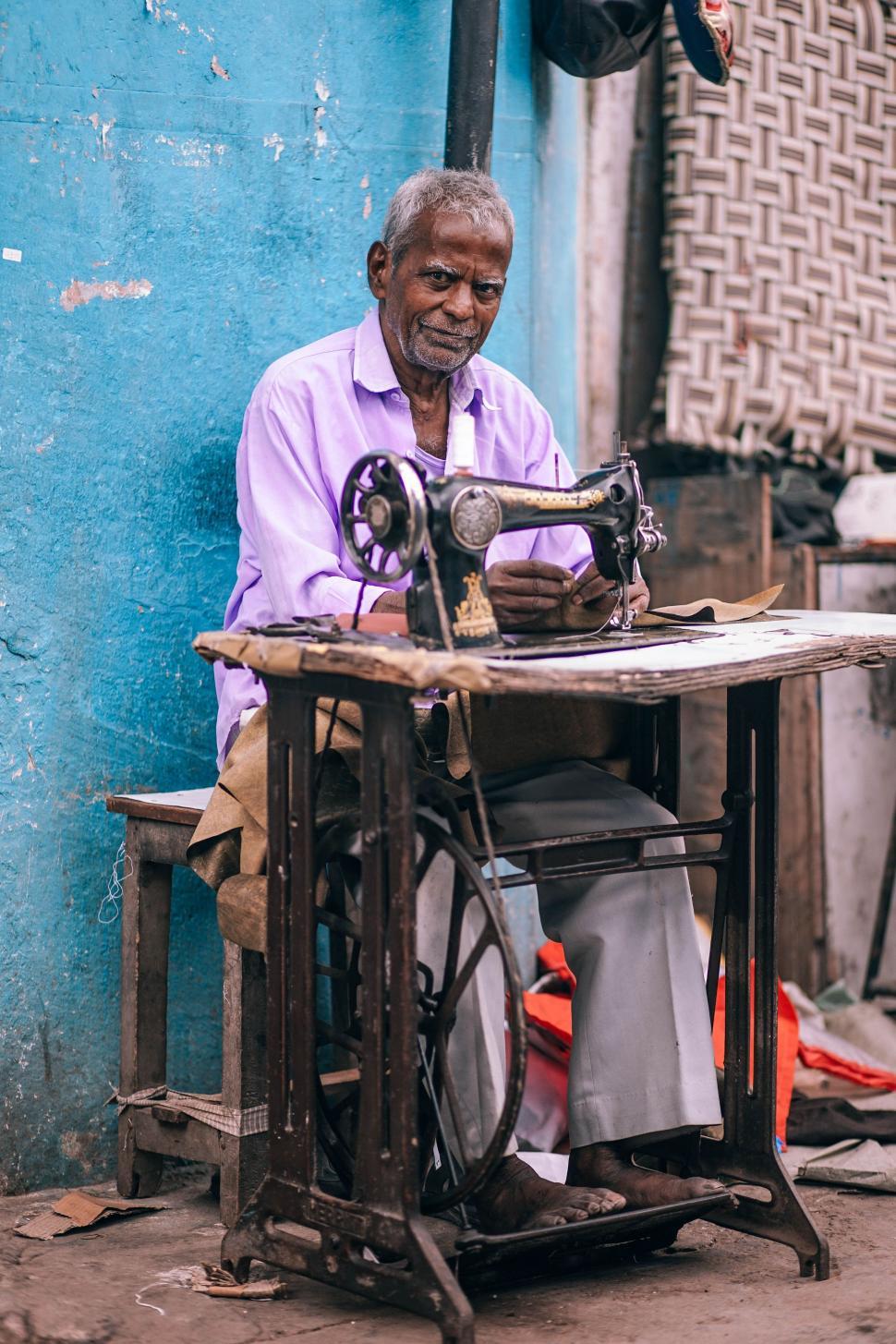Tailor Perth Specialists: Tailor-Made Solutions for Elegant Attire
Tailor Perth Specialists: Tailor-Made Solutions for Elegant Attire
Blog Article
Comprehending the Tailoring Refine: From Fabric Option to Last Suitable for the Suitable Wardrobe
The tailoring process is a complex interaction of art and scientific research, beginning with the crucial choice of textile choice and culminating in the precise adjustments of last installations. Each material type brings unique qualities that affect not just the aesthetic appeal but additionally the garment's long life and viability for different occasions. Understanding the subtleties of customizing methods can raise one's closet to unprecedented levels of refinement. As we discover these aspects further, one must think about how even the tiniest information can dramatically influence the overall outcome of one's personal style.
Importance of Textile Selection
Picking the ideal textile is vital in the tailoring process, as it straight affects the comfort, toughness, and overall aesthetic of the final garment (tailor perth). The choice of textile sets the foundation for the garment's style, performance, and performance. Various fabrics possess distinct homes, such as breathability, stretch, and weight, which can substantially influence just how the garment drapes and fits the body
Furthermore, textile selection influences the garment's long life and convenience of treatment. High-quality fabrics can withstand wear and tear, maintaining their appearance and structure over time, while lower-quality materials may result in pilling or fading. Additionally, the ideal material adds to the garment's capability to shift throughout events and seasons, thus improving adaptability.
A customized item made from a proper material not just showcases craftsmanship however likewise raises the wearer's self-confidence. Understanding the subtleties of textile choice is critical for any type of tailoring endeavor. It ensures that the end product not only fulfills the visual wishes of the client but additionally lines up with functional demands, thus attaining an unified balance between form and function in the customized wardrobe.
Types of Fabrics and Their Usages
Comprehending the different kinds of fabrics offered is vital for making notified decisions during the customizing process. Each material possesses special characteristics that determine its suitability for particular garments and celebrations.
Its convenience allows it to be tailored right into every little thing from t-shirts to gowns. Its all-natural flexibility aids garments maintain shape over time.
Silk emanates deluxe and is light-weight, making it perfect for eveningwear and delicate blouses; nevertheless, it needs mindful handling as a result of its fragility. Linen, with its distinctive coating, is a preferred choice for warm environments, giving a crisp and airy feel, yet it wrinkles quickly, which might affect the garment's look.
Synthetic textiles, such as polyester and nylon, deal sturdiness and resistance to creases, making them appropriate for daily wear and active garments. Recognizing these material types and their residential properties allows for much better decision-making, ensuring that each tailored piece not only fits well but also aligns with the desired objective and event.
The Tailoring Methods Discussed
The art of tailoring counts on a selection of strategies that transform fabric right into well-fitted garments. Central to this procedure is pattern preparing, where a tailor creates templates based on the client's dimensions and wanted design. This preliminary step makes sure that the garment will fit the wearer appropriately before any type of cutting happens.
When patterns are established, cutting techniques enter into play. Precision is vital as errors can bring about misfitting garments. Tailors frequently use numerous reducing techniques, such as single-layer reducing for complex layouts and multiple-layer cutting for efficiency on conventional patterns.
Basting is another essential technique, allowing dressmakers to briefly stitch fabric items together for an initial installation. This method supplies the chance to evaluate the drape and overall shape prior to final sewing.
Seaming methods, including flat-felled joints and French seams, enhance the garment's durability and visual allure. Tailors additionally use techniques such as interfacing and cushioning to give structure and form to specific areas, like shoulders and collars.
Last but not least, completing techniques, including hemming and side finishing, make sure the garment's longevity while offering a sleek appearance. Together, these methods create the backbone of efficient customizing, resulting in elegant, custom-fit garments.
Fitting Modifications and Factors To Consider

Trick factors to consider consist of the shoulder fit, which ought to neither sag nor restrict activity, and the sleeve discover this length, which ought to permit comfortable arm activity while preserving a polished look. In addition, modifications at the waist can refine the shape, with alternatives to let out or take in textile as needed.
The increase of trousers is an additional essential aspect; it ought to rest easily over the hips without triggering discomfort, permitting for convenience of motion. Hemming lengths for both pants and skirts must show the user's favored style while valuing proportions.

Maintaining Your Tailored Clothes
Constantly follow the treatment label directions, which may advise dry cleansing for fragile fabrics or equipment washing for even more sturdy products. Stay clear of frequent laundering, as this can wear down the material and modify the garment's shape.
Storage is similarly vital; usage padded hangers for coats and jackets to maintain shoulder framework, and shop pants folded up nicely or hung to avoid creasing. Shield garments from straight sunshine, which can discolor shades and damage fibers.
Additionally, regular evaluations for minor repair work can stop larger concerns. Examine for loose buttons, tearing seams, or signs of moth damage, addressing these problems without delay to keep the garment's honesty.
Last but not least, take into consideration seasonal rotation. Using tailored pieces in small amounts permits textiles to recover, expanding their life expectancy. By implementing these upkeep techniques, you can make certain that your tailored garments continue to be as beautiful as the day you initially wore them, improving your optimal closet for many years ahead.
Final Thought
The customizing process, encompassing fabric option, skilled techniques, and exact fitting adjustments, plays a critical duty in producing garments that enhance both comfort and style. click for info Recognizing the importance of upkeep extends the life of customized garments, solidifying their worth in a well-curated closet.
Picking the appropriate textile is crucial in the customizing procedure, as it straight affects the convenience, resilience, and general aesthetic of the final garment. The selection of textile sets the structure for the garment's efficiency, style, and performance. Different fabrics have one-of-a-kind residential properties, such as stretch, weight, and breathability, which can dramatically influence just how the garment drapes and fits the body.
The art of customizing depends on a variety of techniques that transform textile right into well-fitted garments.The customizing process, incorporating material selection, competent methods, and exact fitting modifications, plays a critical function in producing garments that enhance both convenience and design.
Report this page